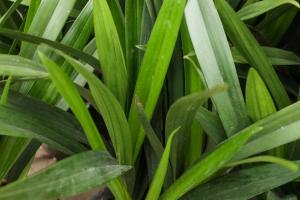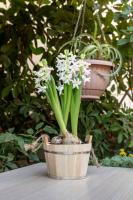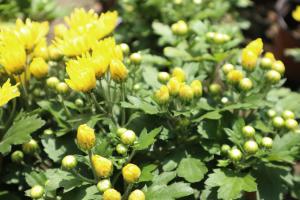What Kind of Plant is a Bonsai Tree?
Bonsai trees are miniature trees that have been cultivated to resemble full-grown trees in nature. These trees come in various shapes and sizes, and they are often used in the art of bonsai, which entails shaping and pruning the trees to create a unique design.
The History of Bonsai Trees
Bonsai trees first originated in China over a thousand years ago, where they were called "penjing." The art of bonsai later became popular in Japan, where it was known as "bonsai." The Japanese refined the art of bonsai and developed it into the form we know today. Bonsai trees were originally created as a symbol of wealth and status, as they were difficult and time-consuming to cultivate. Today, bonsai trees are still highly regarded for their beauty and symbolism.
What Kind of Plant is a Bonsai Tree?
Contrary to popular belief, bonsai trees are not a specific type of plant. Instead, any tree or shrub species can be used to create a bonsai tree. Some of the most popular species include junipers, pines, maples, and ficus. Each species has its own unique qualities and requirements, which must be carefully considered when creating and maintaining a bonsai tree.
How Bonsai Trees Are Cultivated
Bonsai trees are not simply small versions of full-grown trees. Instead, they are carefully cultivated over many years to achieve a specific look and style. Bonsai growers must carefully prune and shape the tree's branches and roots, as well as control its growth through watering and fertilization techniques. Many bonsai trees are also grown in special soil mixes that provide the tree with the appropriate nutrients and drainage.
The Symbolism of Bonsai Trees
Bonsai trees are highly symbolic in Japanese culture, where they are often given as gifts to signify friendship, respect, and good luck. The small size of the tree represents the vastness of nature, while the precise shaping of the tree reflects the attention to detail and discipline needed to cultivate it. In Chinese culture, bonsai trees are also associated with harmony and balance, as the tree's shape often reflects these qualities.
Caring for Bonsai Trees
Bonsai trees require specific care to keep them healthy and looking their best. This includes regular watering, fertilization, pruning, and careful monitoring of the tree's health. Bonsai growers must also consider the tree's location and environmental conditions, such as temperature, humidity, and light. With proper care and attention, bonsai trees can live for many years, becoming treasured heirlooms and symbols of beauty and harmony.
Conclusion
Bonsai trees are a fascinating and beautiful art form that has captured the imaginations of people all over the world. Although they require a lot of patience and care, the end result is a unique and stunning tree that reflects the beauty and balance of nature. Whether you are a seasoned bonsai grower or just starting out, there is no denying the allure and appeal of these miniature trees.

 how many times do yo...
how many times do yo... how many planted tre...
how many planted tre... how many pine trees ...
how many pine trees ... how many pecan trees...
how many pecan trees... how many plants comp...
how many plants comp... how many plants can ...
how many plants can ... how many plants and ...
how many plants and ... how many pepper plan...
how many pepper plan...
































